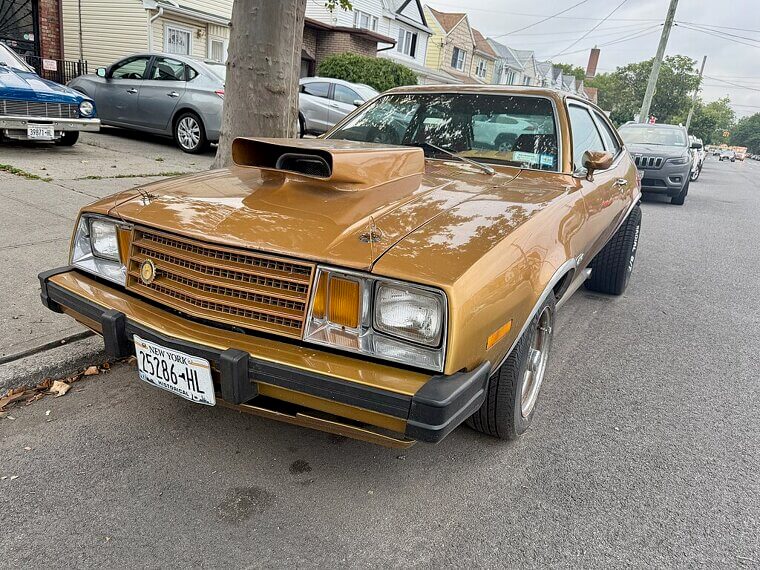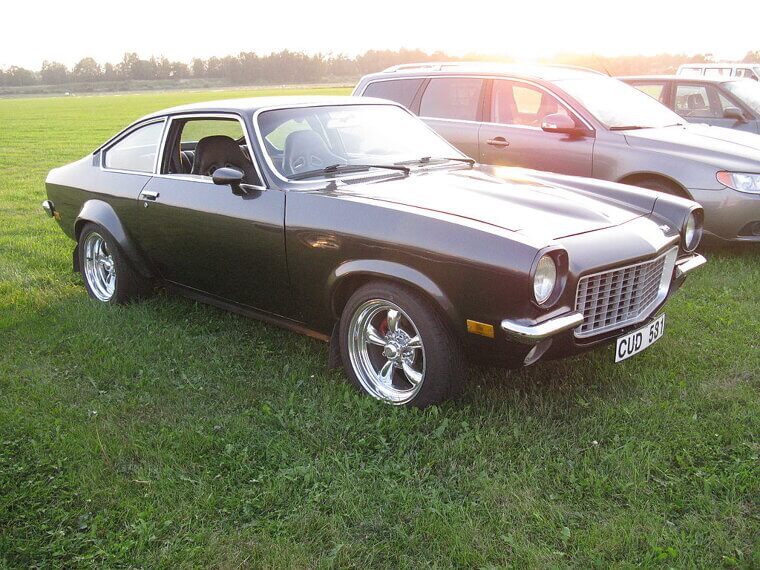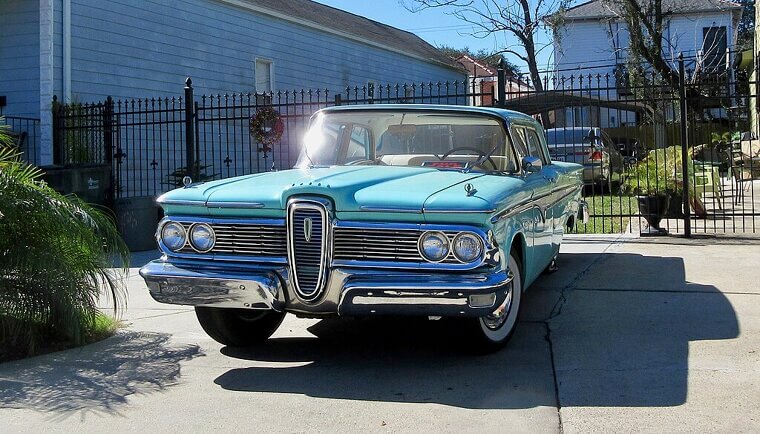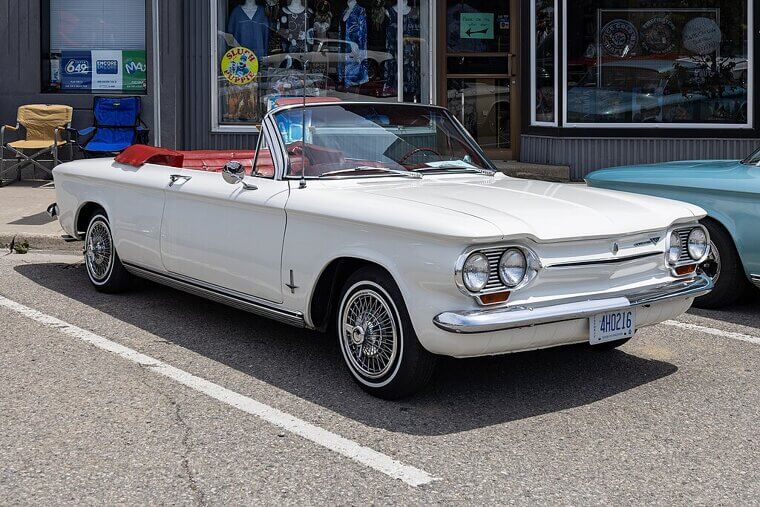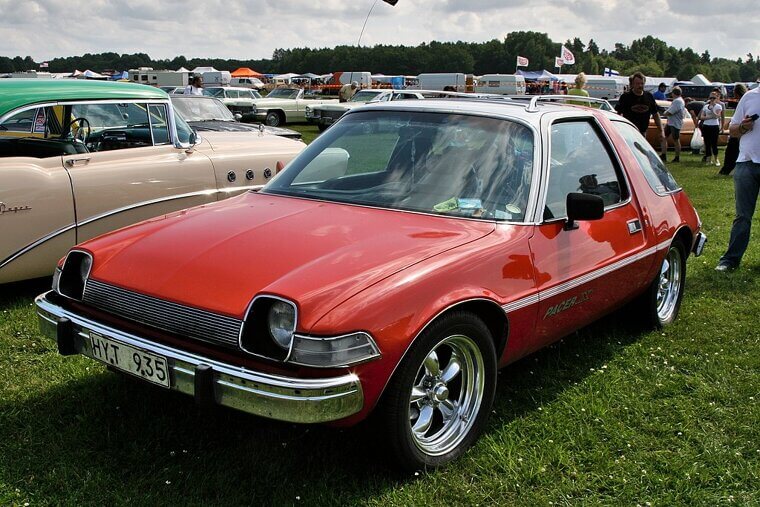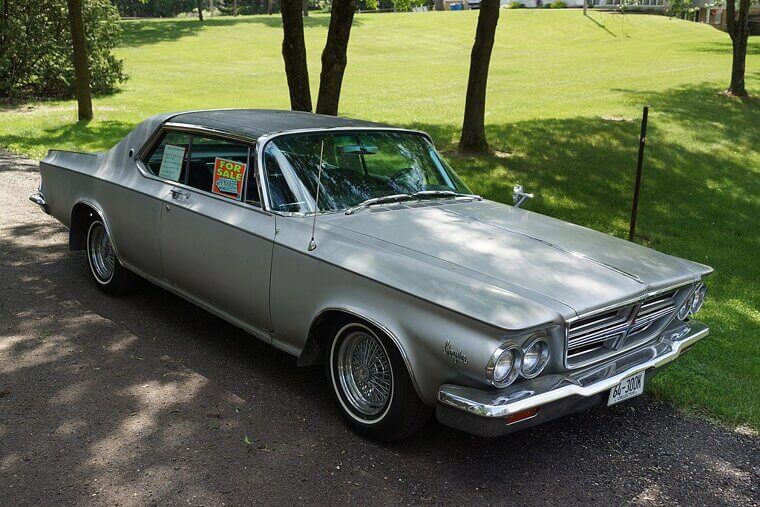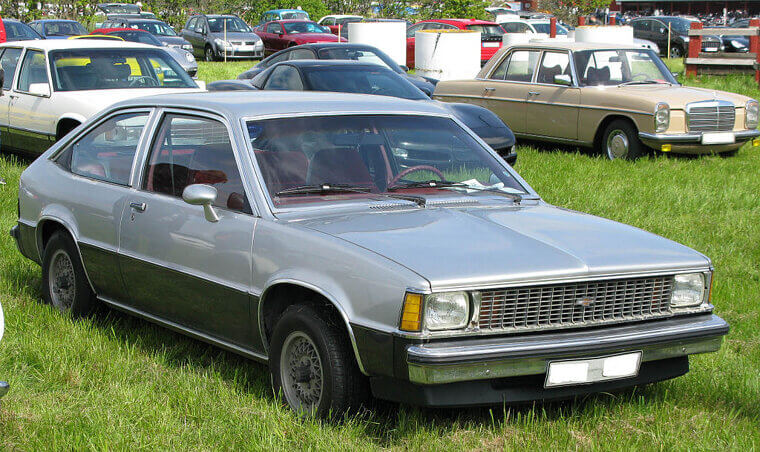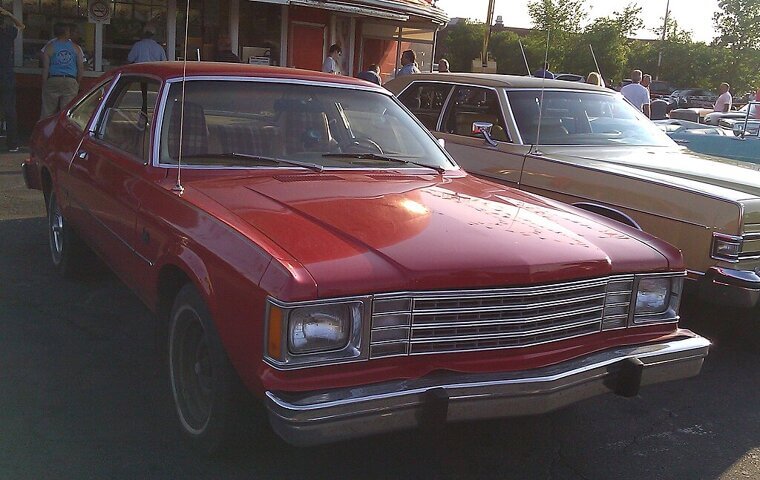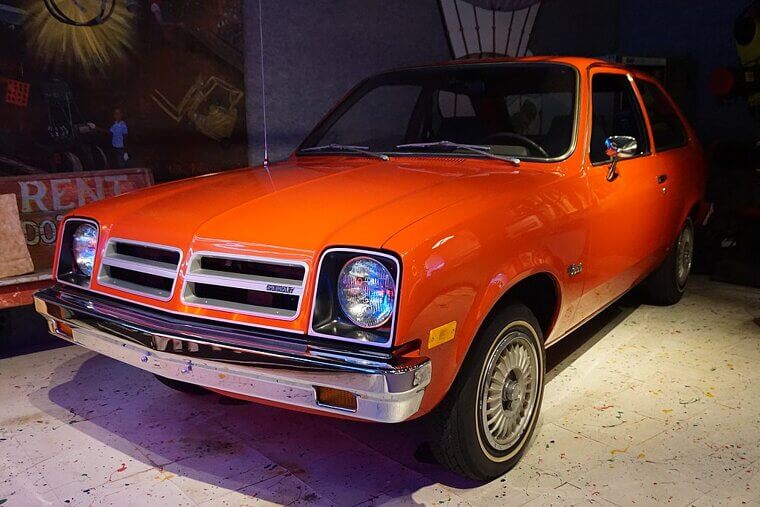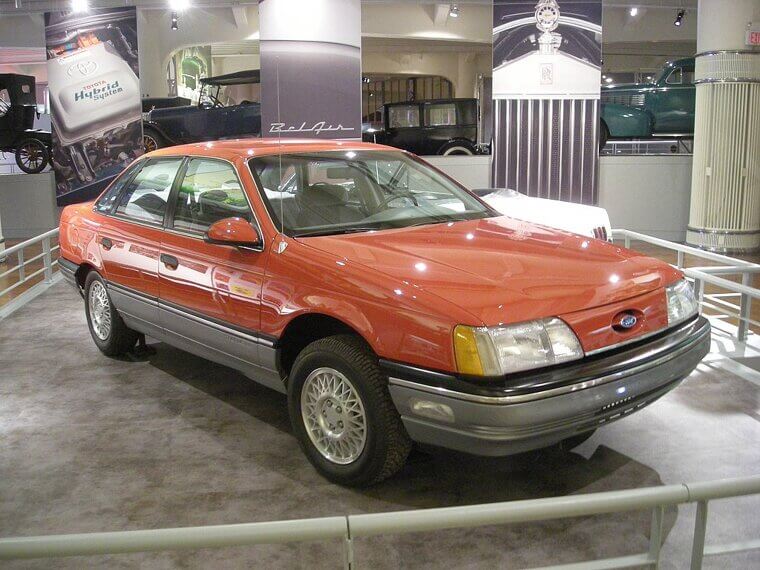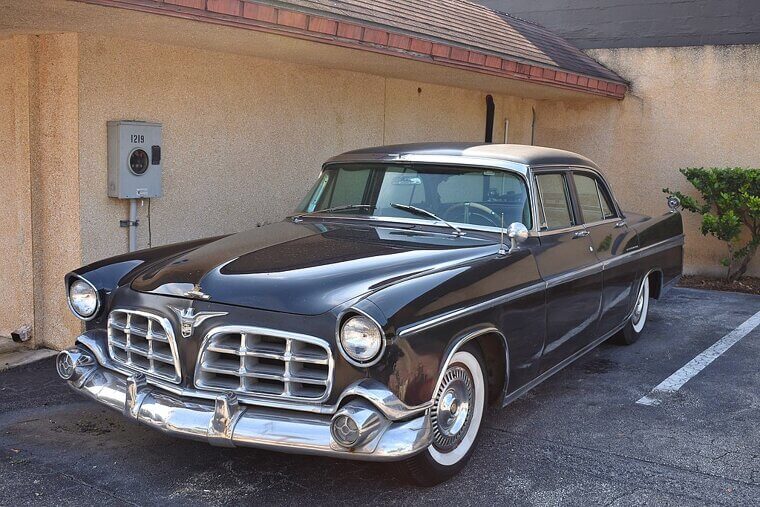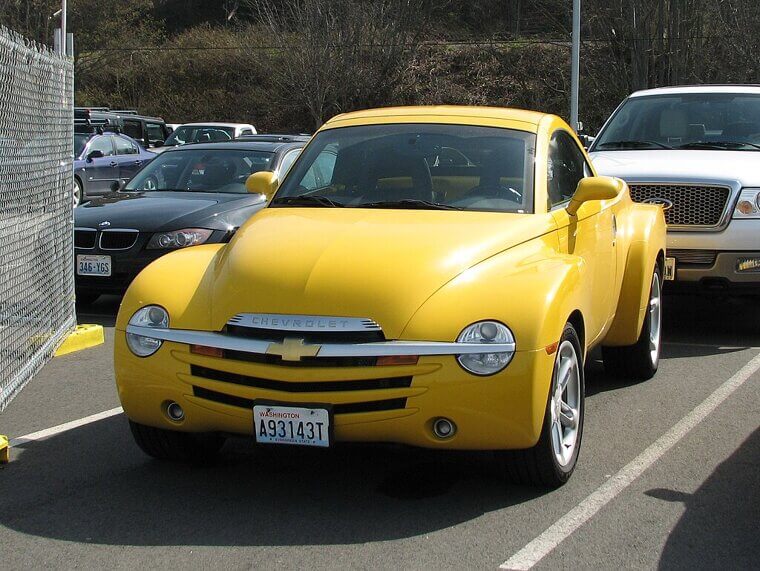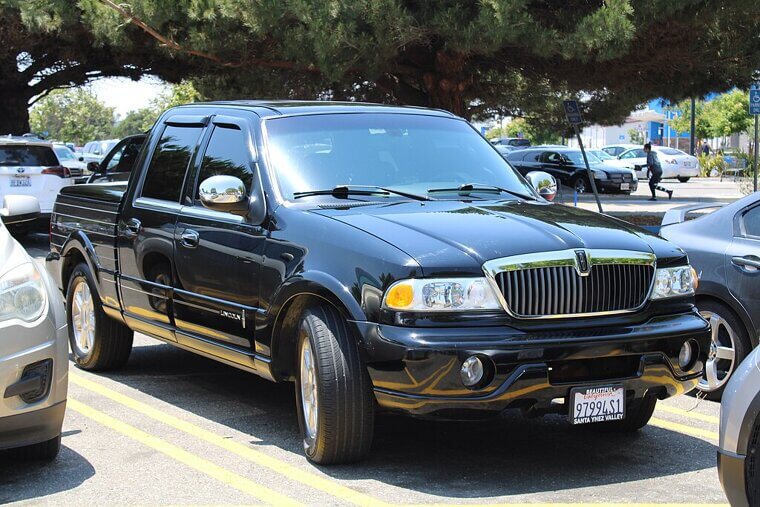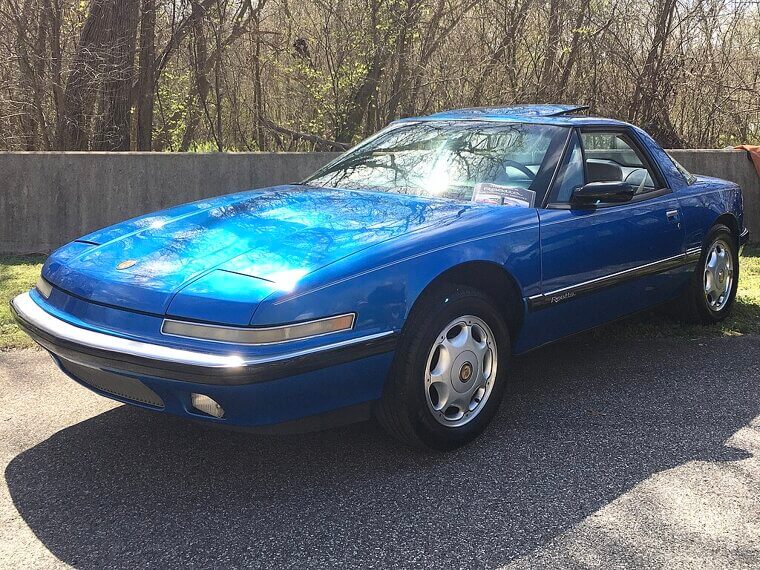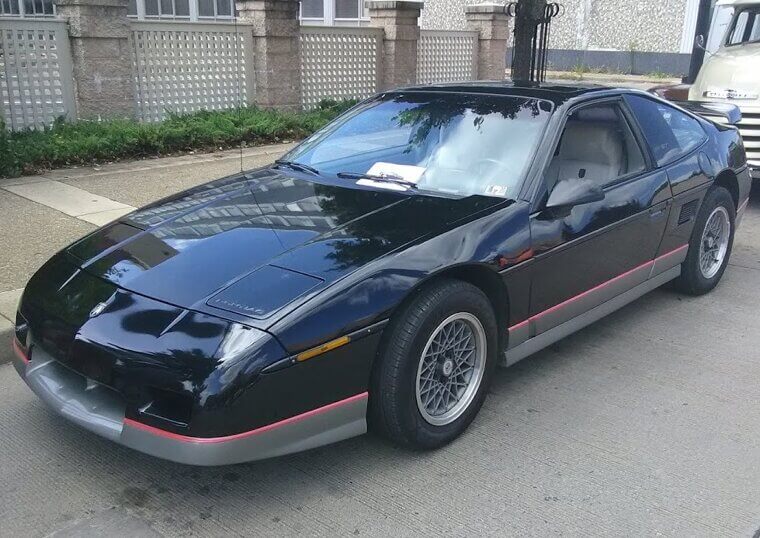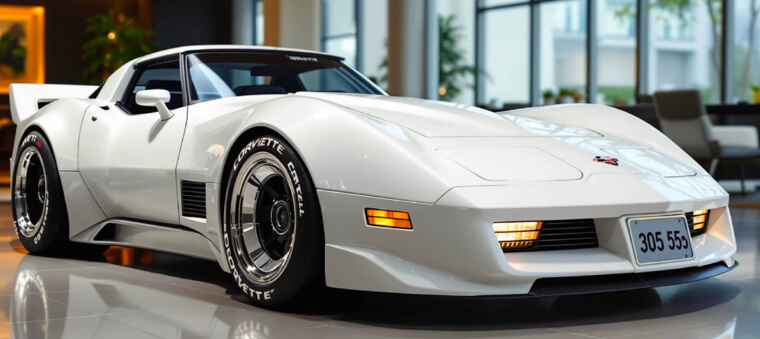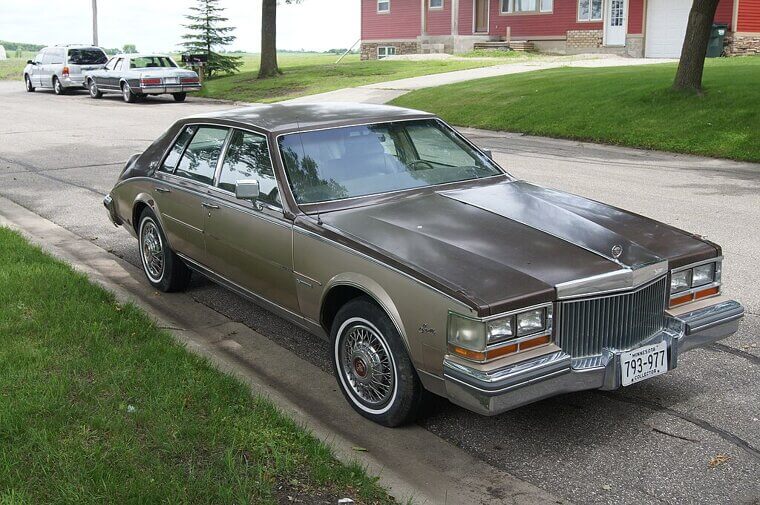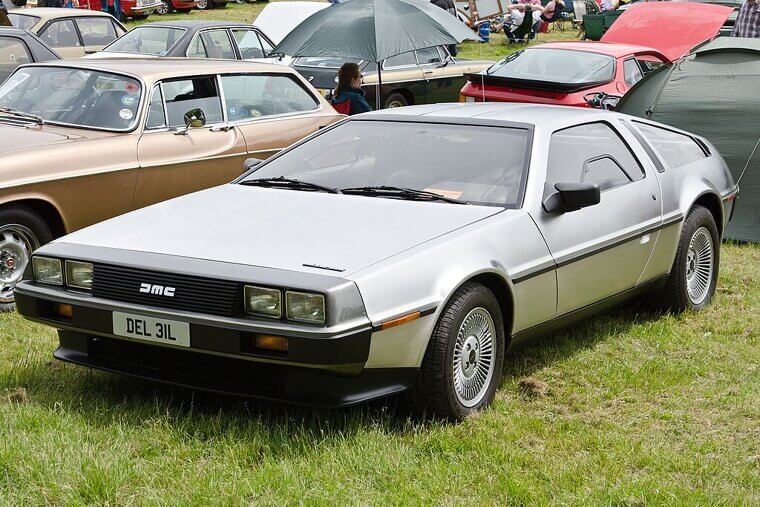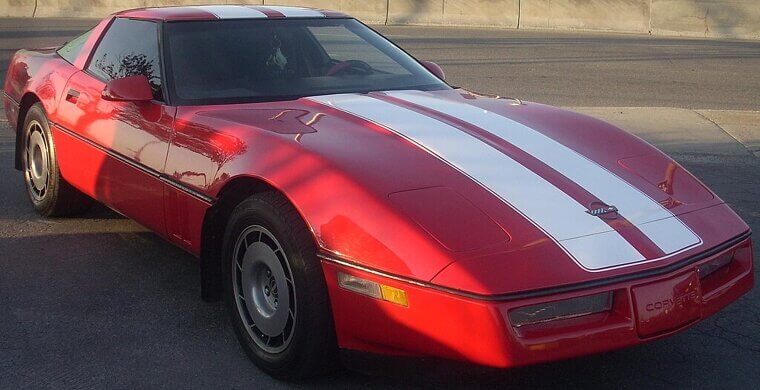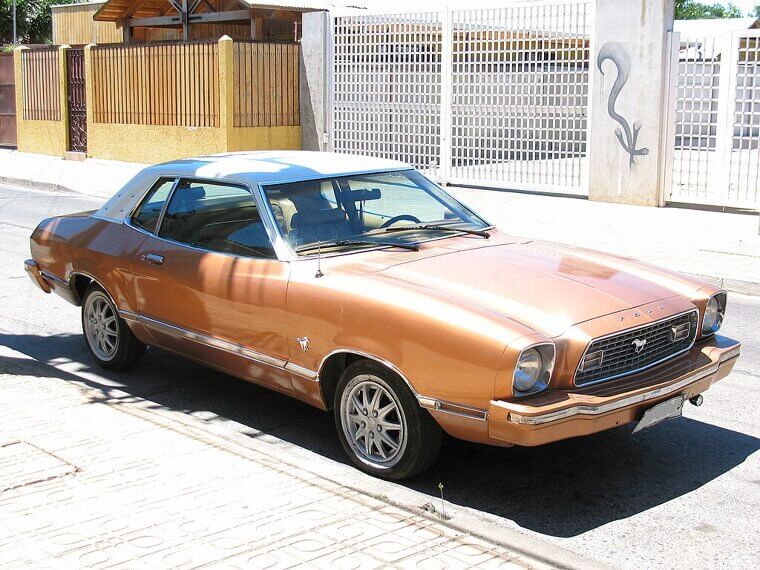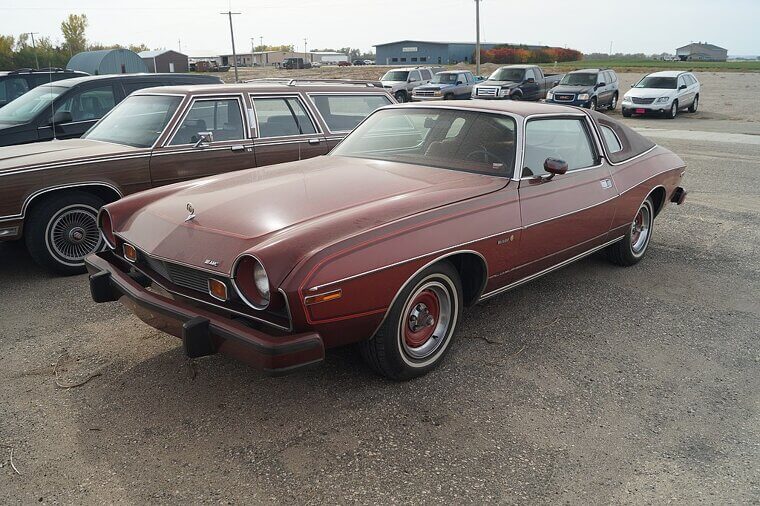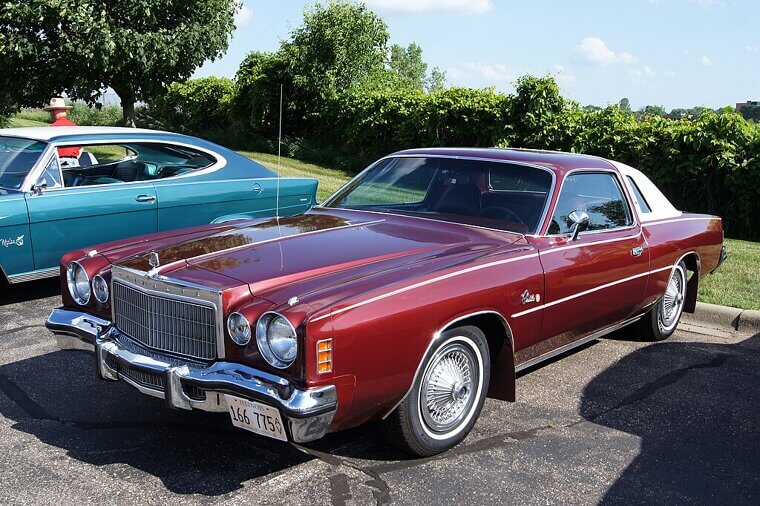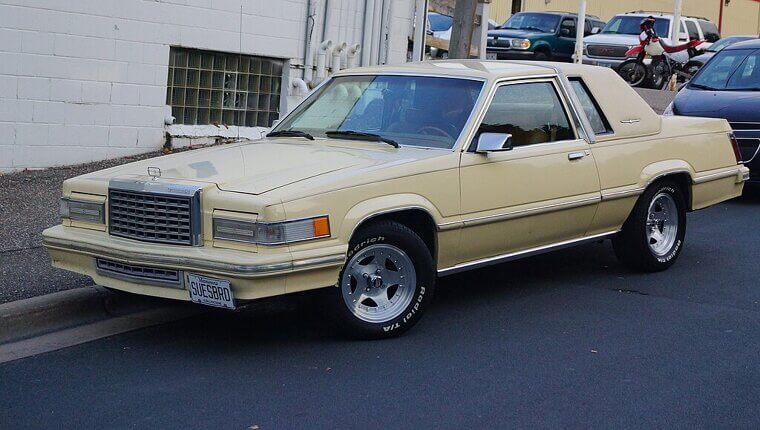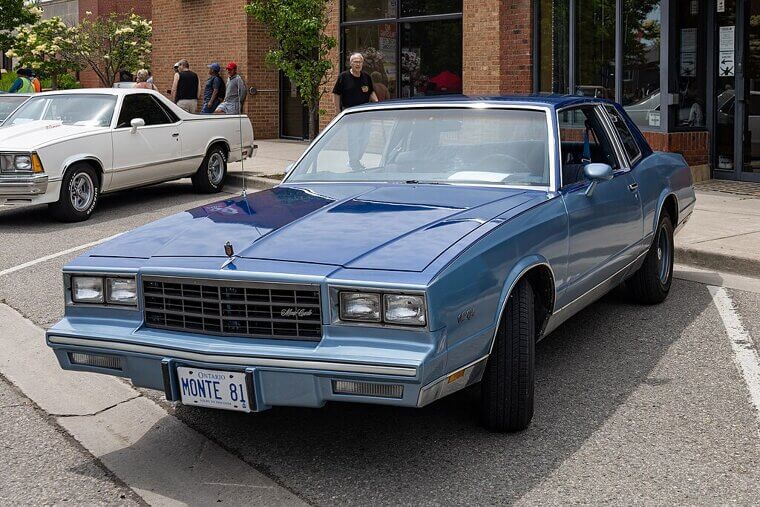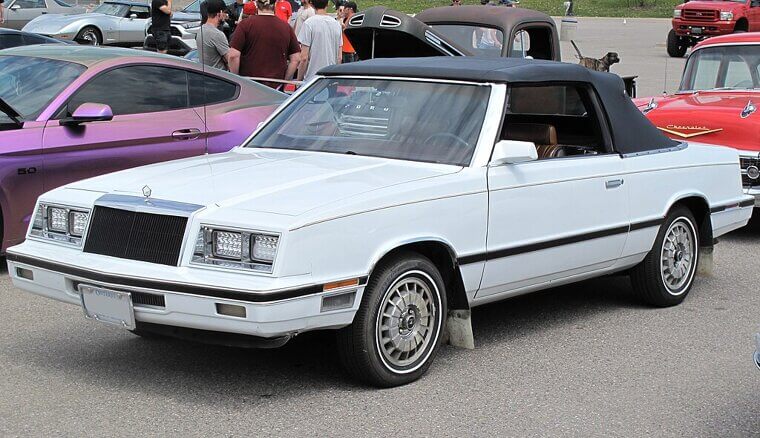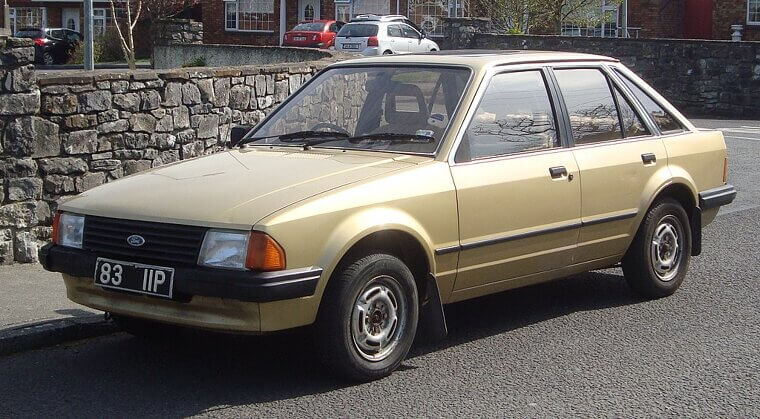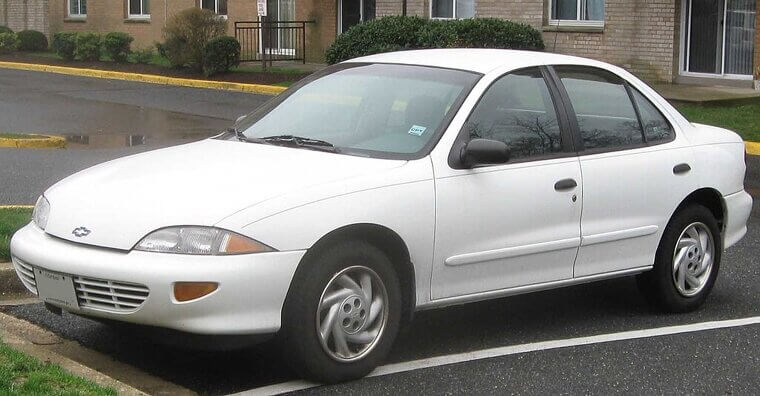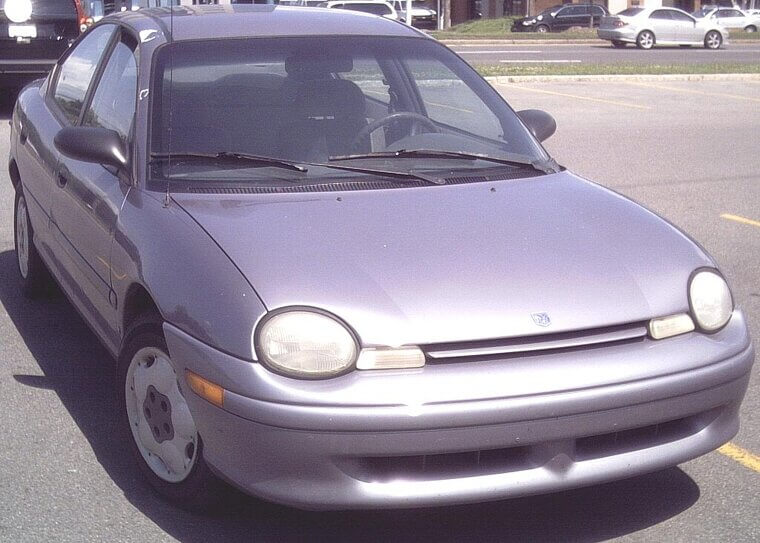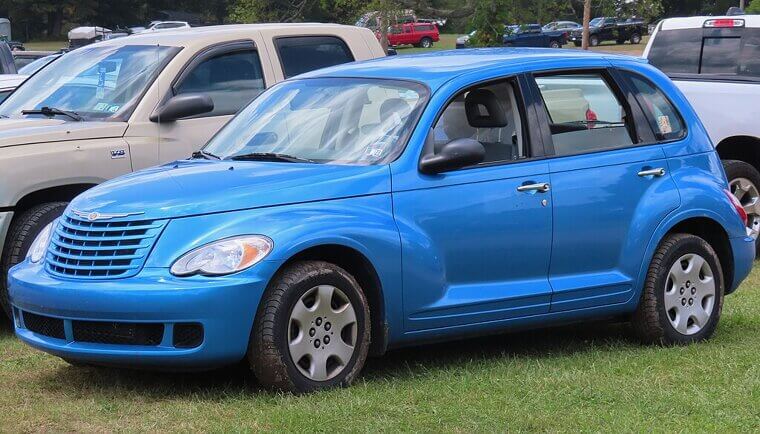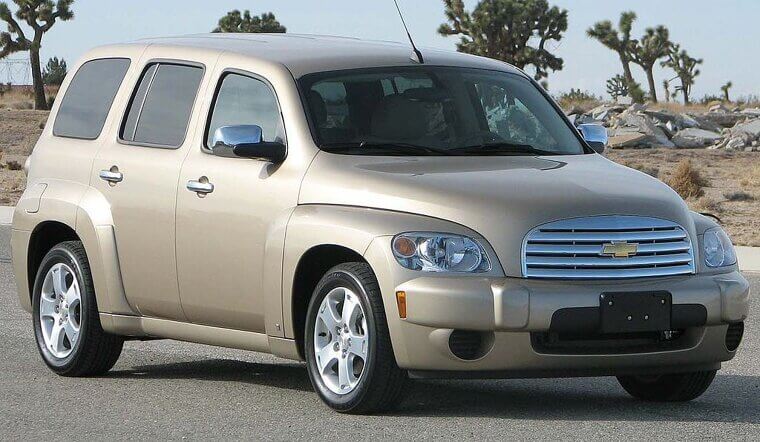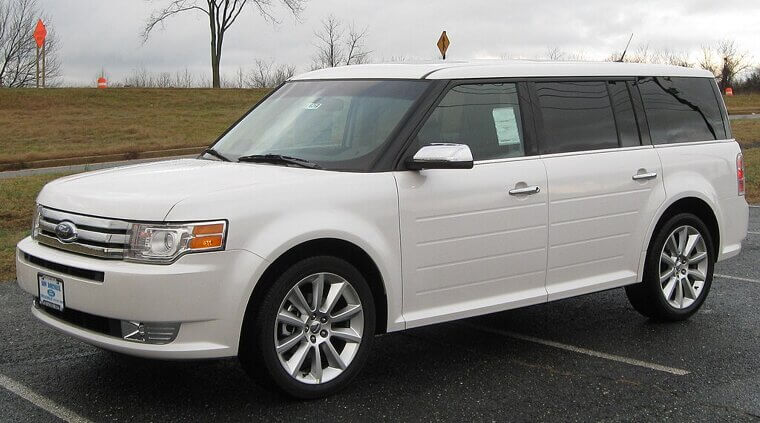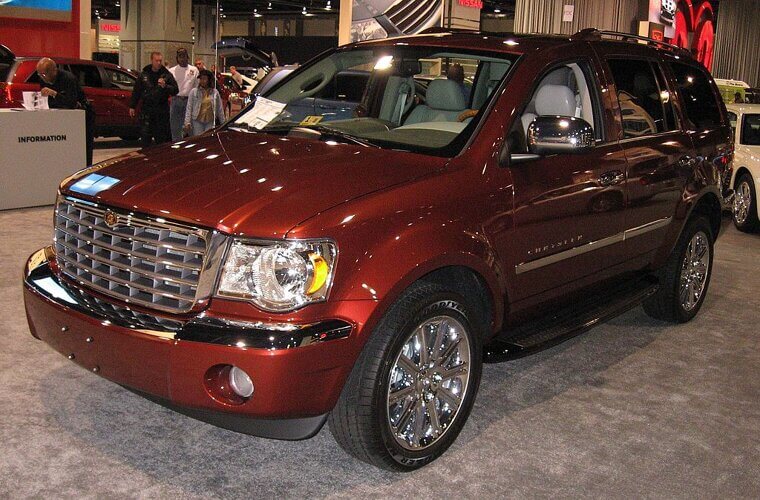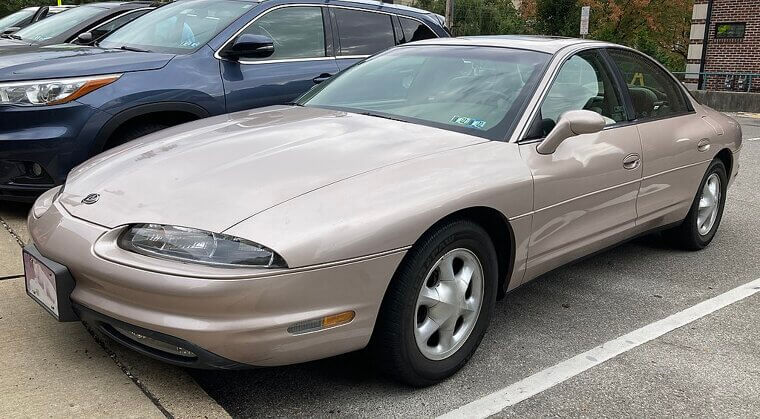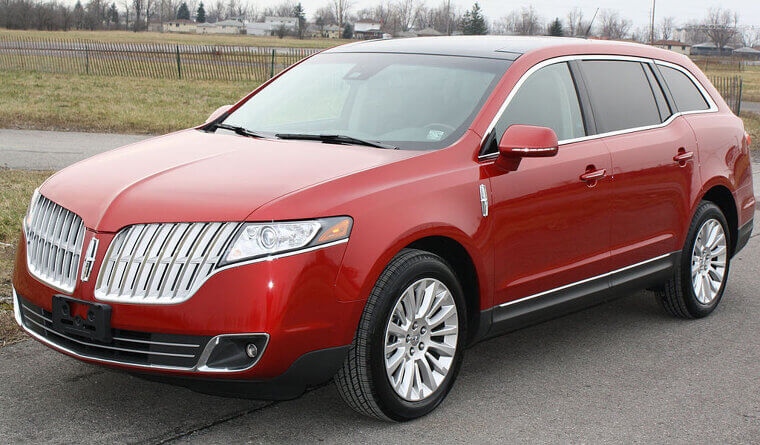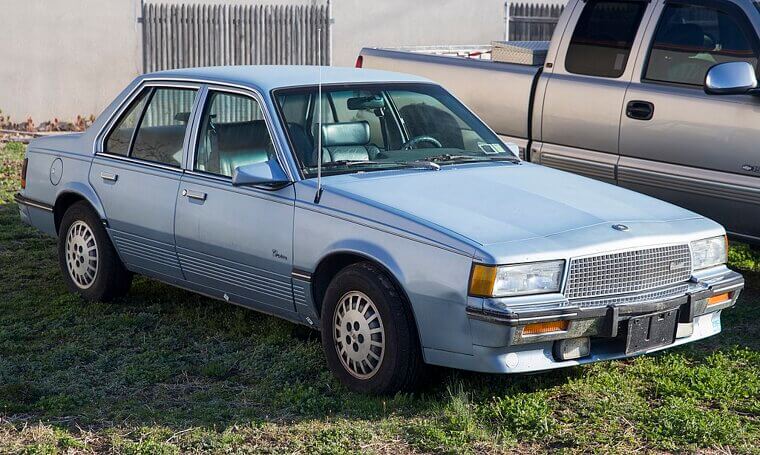Ford Pinto (1971-1980)
Marketed as an affordable, fun compact, the Pinto became infamous for its fuel tank flaw, which was a literal ticking time bomb. Safety concerns overshadowed any marketing spin, making it the car that taught buyers a fiery lesson: promise all you like, but physics doesn’t negotiate.
Chevrolet Vega (1970-1977)
The Vega promised style, fuel efficiency, and compact charm… then promptly rusted its way into automotive infamy. Engines burned oil, bodies rusted faster than a forgotten bike in the rain, and buyers learned that “affordable innovation” can sometimes translate to “affordable headaches.”
Ford Edsel (1958)
Hyped as the car of the future, the Edsel arrived with a grille that could scare small children and a price tag to match its ego. Consumers balked, sales plummeted, and it became the poster child for automotive overpromising. It’s unforgettable - just not in the way Ford hoped!
Chevrolet Corvair (1960-1969)
The Corvair was sleek, rear-engined, and technically daring - until safety scandals and handling issues turned excitement into cautionary tales. Ralph Nader famously made it a symbol of flawed promises, proving that even innovation needs a strong backbone (preferably one that doesn’t steer you into trouble).
AMC Pacer (1975-1980)
Dubbed the “flying saucer” by fans and critics alike, the Pacer’s implied futuristic charm and roomy interiors. However, its quirky proportions and sluggish engine left drivers scratching their heads. Bold styling couldn’t mask practical shortcomings, leaving the Pacer as a memorable, lovable, but underwhelming misfire in AMC’s lineup.
Chrysler K-Car (1981-1989)
The K-Car saved Chrysler financially, but in style? Not so much. Bland design, forgettable performance, and plain interiors left buyers questioning how “revolutionary” these compacts really were. Reliable enough to do the job, yes, but as thrilling as a beige carpet. Sometimes practicality wins, even if pizzazz loses.
Chevrolet Citation (1980-1985)
Although it arrived with grand ideas, instead Citation owners got recalls, rust, and handling woes that undermined Chevy’s marketing. It was meant to impress but ended up as a cautionary tale about what happens when production outpaces quality control. Dreams can be cheaper than reality, apparently.
Dodge Aspen/Plymouth Volaré (1976-1980)
Chrysler’s twins advertised compact comfort with American reliability, then delivered rust-prone bodies, quirky mechanical gremlins, and widespread buyer regret. It was affordable, but hardly impressive and is remembered for proving that twin cars can underwhelm simultaneously, like two sitcom sidekicks who never quite get their punchline.
Chevrolet Chevette (1976-1987)
Small, cheap, and economical, the Chevette offered practicality and frugality. In reality? It had modest reliability with zero thrills. Its blandness became legendary, teaching buyers that cheap transportation can indeed be dull. It’s remembered for getting from point A to B… without inspiring any feelings along the way.
Ford Taurus (1986-2009)
The original Taurus wowed the world, but later models made empty innovation that never quite materialized. Design tweaks, performance dips, and fading charm left the Taurus as a shadow of its groundbreaking debut. It’s a case study in how even success can lead to overconfidence (and occasionally, disappointment).
Chrysler Imperial (1955-1975)
The Imperial was Chrysler’s attempt to marry luxury with American bravado. It looked grand, rode smoothly, and promised refinement… but reliability and relevance were inconsistent. Buyers discovered that prestige alone couldn’t cover mechanical quirks or fading innovation.
Chevrolet SSR (2003-2006)
The SSR arrived as a retro-styled pickup convertible - It looked cool, but its performance and practicality were minimal. Owners realized that nostalgia couldn’t mask its short bed, heavy weight, and quirky design. Instead of fun and flair, they got a pricey conversation piece with limited everyday usefulness.
Lincoln Blackwood (2002)
In theory, Lincoln’s luxury pickup indicated elegance, class, and practicality. In reality, its single cab, absent four-wheel drive and a tiny cargo bed made it more fashion statement than functional truck. It’s the automotive equivalent of wearing tuxedo gloves while grilling burgers — flashy, fancy, but ultimately impractical.
Buick Reatta (1988-1991)
The Reatta was a hand-built, tech-forward coupe that sounded like a dream on paper, though it struggled to impress buyers beyond its pricey, low-volume exclusivity. Advanced features couldn’t overcome modest performance and limited practicality, leaving this ambitious Buick as a quirky, collectible footnote in automotive history.
Pontiac Fiero (1984-1988)
Hyped as a mid-engine sports car for the masses, the Fiero delivered looks more than thrills. Overheating engines, temperamental handling, and safety recalls turned enthusiasm into frustration. Still, it was charming, unique, and occasionally fast - just enough to remind buyers that sometimes, ambition outruns execution.
Chevrolet Corvette 305 "California" (1980)
The California Corvette promised all the muscle and glory of America’s sports car icon… then handed buyers a detuned engine and emissions restrictions that sapped performance. It looked like a Corvette, felt like a Corvette, but drove like someone forgot to add the “fun” part.
Cadillac V8-6-4 (1981)
Cadillac tried to wow buyers with a variable-displacement engine that could switch cylinders to save fuel. Brilliant in theory, catastrophic in practice. Reliability nightmares, confusing tech, and expensive repairs turned innovation into a punchline. It promised efficiency and luxury, but delivered headaches and a cautionary engineering tale.
DMC DeLorean (1981-1983)
Gull-wing doors, stainless steel body, and Hollywood fame promised the car of the future… until build quality issues, underpowered engines, and corporate scandals quickly grounded the dream. The DeLorean remains iconic, yes, but as a reminder that style and novelty alone don’t always deliver everyday satisfaction (or reliability).
Chevrolet Corvette C4 (1984-1996)
The C4 Corvette shouted about its sleek, high-tech sports car experience. Early models delivered inconsistent interiors and electronics quirks though, leaving some drivers underwhelmed. While it evolved into a competent performance machine, the initial hype outpaced execution.
Ford Mustang II (1974-1978)
The Mustang II was meant to carry the Mustang legacy forward, but smaller size and reduced performance left enthusiasts disappointed. Fuel crises and regulations forced compromises that stripped the pony of its bite. It looked familiar, drove modestly, but ultimately reminded buyers that downsizing doesn’t always equal excitement.
AMC Matador (1971-1978)
The Matador arrived on the scene with bold lines and a name fit for a bullfight, but it quickly found itself gored by the competition. Heavy, thirsty, and vaguely confused about its own identity, it looked cooler parked in a cop show than in your driveway.
Chrysler Cordoba (1975-1983)
“Rich Corinthian leather,” the ads cooed, as Ricardo Montalbán smiled knowingly. And while it looked elegant, performance-wise the Cordoba had all the athleticism of a velvet sofa. It was comfort-first, luxury-second, excitement-last. It excelled at two things: cruising in a straight line and sounding fancy on TV.
Ford Thunderbird (1980-1982)
The early-’80s Thunderbird tried to reinvent itself as a sleek, sporty coupe. Instead, it landed somewhere between confused and underwhelming. Boxy styling, bland engines, and awkward proportions made it a bird that forgot how to soar. Thankfully, later generations redeemed the name, but this one definitely molted mid-flight.
Chevrolet Monte Carlo (1981-1988)
The Monte Carlo once embodied swagger, but by the ’80s it had softened into a sigh. Downsized and dulled, it traded muscle for modesty and charm for chrome trim. It could still cruise, but it no longer ruled the boulevard and felt locked into cruise control.
Chrysler LeBaron (1982-1995)
Once a dignified luxury badge, the LeBaron drifted through the ’80s and ’90s like a washed-up celebrity doing guest spots on daytime TV. Convertibles, sedans, and coupes came and went, all perfectly fine… just not particularly special. It hung around long enough to be remembered fondly, but never fervently.
Ford Escort (1981-2003)
The Escort started strong as a practical, European-inspired compact. Then it slowly devolved into something your parents bought because “it’s reliable.” It was ok - cheap to run and easy to fix - but impossible to love. It didn’t excite, but also didn’t leave you stranded… very often.
Chevrolet Cavalier (1982-2005)
The Cavalier became the beige wallpaper of the American road: everywhere, unassuming, and barely noticeable. It was dependable in the same way toast is - it worked, but you never bragged about it. Still, millions were sold, proving that affordable mediocrity can be a kind of genius.
Dodge Neon (1994-2005)
“Hi,” said the smiling front fascia, and for a brief glorious moment, everyone smiled back. Then came the rattles, leaks, and electrical gremlins. The Neon’s cheerful spirit couldn’t mask its cheap build, but there was something oddly endearing about its optimism - like a puppy tripping over its own paws.
Chrysler PT Cruiser (2001-2010)
The PT Cruiser looked like a ’40s hot rod for the modern day, and people loved it at first. The novelty wore off faster than the fake chrome, though. Underneath the retro charm was a middling compact car that aged poorly, especially once the cool kids realized it wasn’t very cool.
Chevrolet HHR (2006-2011)
Designed by the same guy behind the PT Cruiser, the HHR felt like déjà vu in a different badge. Retro styling, cramped interiors, and sluggish performance didn’t help its case. It was quirky in that “it seemed like a good idea at the time” kind of way.
Ford Flex (2009-2019)
The Flex looked like a refrigerator on wheels, and somehow that was its charm. Boxy, spacious, and weirdly cool, it was the anti-crossover crossover. Sadly, being too practical for SUV fans and too funky for traditionalists, its wagon-meets-minivan vibes never found mass appeal.
Chrysler Aspen (2007-2009)
The Aspen tried to blend luxury with SUV muscle and ended up a bit like champagne poured over a campfire. It looked upscale, but its thirst for fuel and resemblance to the Dodge Durango left buyers puzzled. Short-lived, expensive, and confusing, it faded faster than its own chrome trim.
Oldsmobile Aurora (1995-2003)
The Aurora was meant to resurrect Oldsmobile’s fading glory: sleek, modern, and stuffed with tech. But despite its futuristic styling, it couldn’t outpace reliability issues or a rapidly changing market. It whispered luxury but coughed up service bills.
Lincoln MKT (2010-2019)
The MKT was proof that luxury can sometimes try a little too hard. With its bulbous body and confused styling, it looked like an SUV designed by committee. It was spacious and comfortable, but forgettable in every other way. It existed in the uncanny valley of premium design - polished, posh, and puzzling.
Cadillac Cimarron (1982-1988)
Ah, the Cimarron - Cadillac’s attempt to build a small luxury car that instead became shorthand for “phoning it in.” Underneath the crest and chrome lay a humble Chevy Cavalier in a tuxedo. Critics tore it apart, buyers stayed away, and Cadillac learned the hard way that prestige can’t be spray-painted on.

